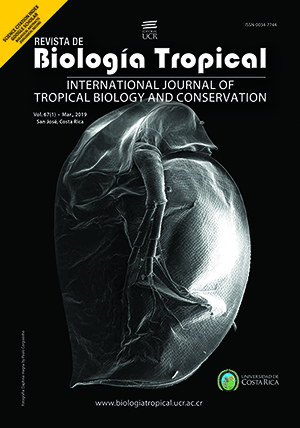Abstract
Ivermectin (IVM) is widely used for parasite control in livestock in the tropics. Residual IVM in feces conserves its insecticide activity for weeks and can harm dung beetle (DB) species. Attraction to the feces of IVM-treated cattle was tested using the DB species Onthophagus landolti (Harold) and Canthon indigaceus chevrolati (Harold) as models. Experiments were done under controlled laboratory conditions, semi-controlled field conditions and uncontrolled field conditions. Olfactometers were used in the controlled and semi-controlled trials. The control treatment was baited IVM-free feces, and the experimental treatments were the feces of cattle treated with 1 % IVM (subcutaneous administration; single, 0.2 mg/kg bw dosage) and collected at 5, 14, 21 and 28 days post-treatment. The uncontrolled field trial involved pitfall traps baited with IVM-free feces or feces from IVM-treated cattle collected five days post-treatment. Under controlled and semi-controlled conditions, the feces of IVM-treated cattle (at 5, 14, 21 or 28 days post-treatment) attracted more O. landolti and C. i. chevrolati individuals than IVM-free feces (P < 0.05). The same response occurred under uncontrolled conditions. This clear attraction for IVM-containing cattle feces by the studied DB species highlights that incorrect IVM use may pose a risk to DB communities in cattle production systems.
##plugins.facebook.comentarios##

This work is licensed under a Creative Commons Attribution 4.0 International License.
Copyright (c) 2019 Roger Ivan Riodríguez-Vivas, Gertrudis del Socorro Basto-Estrella, Enrique Reyes-Novelo, Luis Carlos Pérez-Cogollo, William Arcila-Fuentes, Melina Maribel Ojeda-Chi, Imelda Martínez-M



